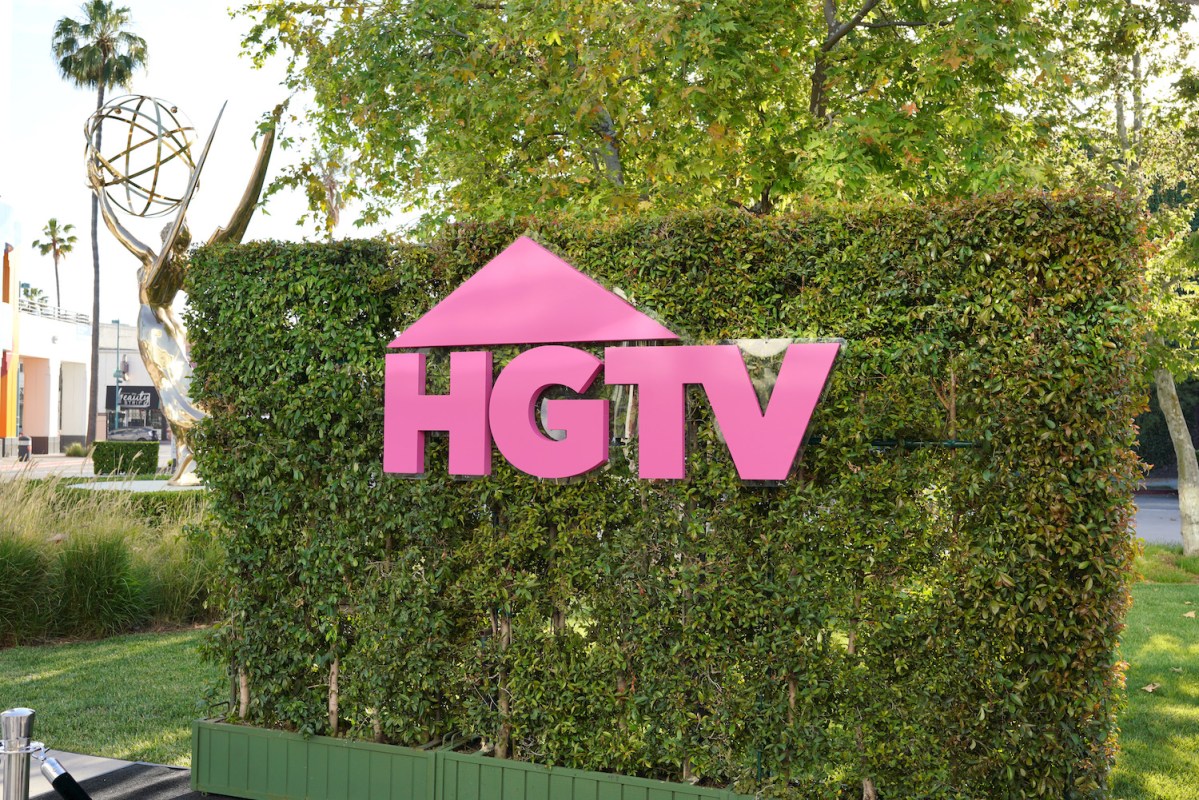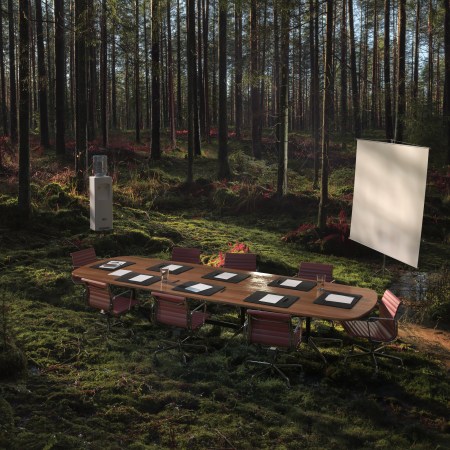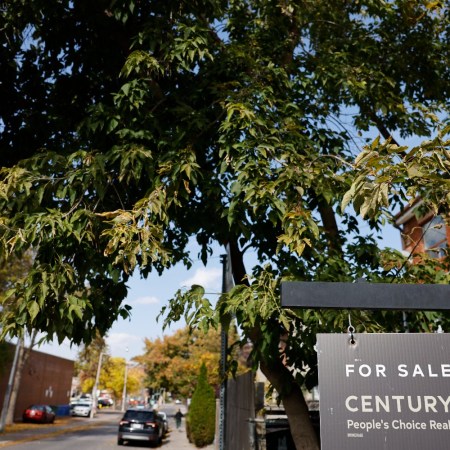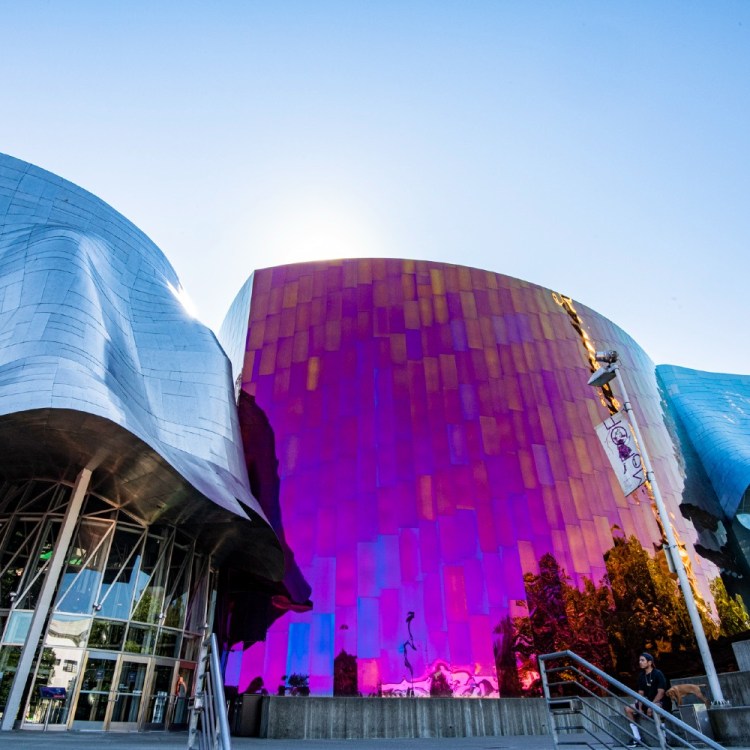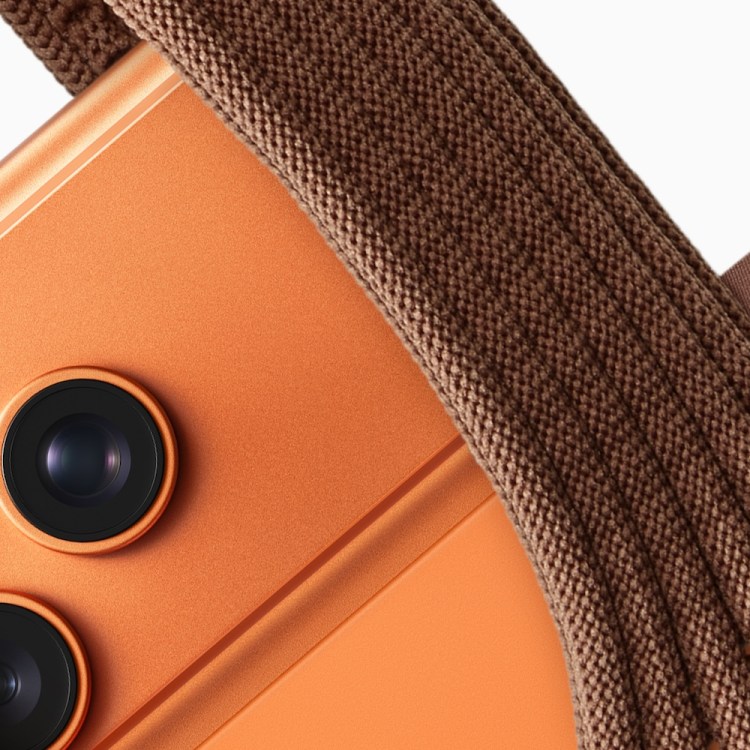As a New Yorker without cable, watching HGTV is somewhat of a guilty pleasure when I visit my parents. The makeover shows are kind of irresistible, and because I rent instead of own, it’s always interesting to see what people are buying and how much it costs. Obviously, little about these reality shows are real, but knowing that doesn’t stop me from getting into them and reprimanding the TV when people choose the wrong house or have bad design taste. And as I’m entering my fourth year of bi-annual HGTV watching, I’ve realized that everything on the network is pretty homogenous. And according to The Washington Post, it’s making our houses boring and homeowners sad.
One of the wildest things to me is that everyone on these “reality shows” wants the same thing — open floor plans, neutral everything, stainless steel appliances. While I love a shiny new appliance just as much as the next person, I’ll never understand the obsession with an open floor plan. I mean, whatever happened to rooms? Doesn’t anyone want privacy anymore? And as a maximalist, color and texture makes me happy, and I know that it brings joy to others, too. So why does everyone insist on making their dwellings look so much the same?
Annetta Grant, an assistant professor of markets, innovation and design at Bucknell University, researched how home renovation media influenced homeowners. Together with Jay M. Handelman, associate professor of marketing at Smith School of Business at Queen’s University in Kingston, Ontario, Grant wrote a research paper that interviewed 17 homeowners during renovations, and they called the idea that anyone could be judging your design choices the “market-reflected gaze.” And this gaze is creating a “shift towards standardization” — people are making decisions that make their homes more appealing to buyers, even if they have no intention of selling.
ChatGPT Is Already Indispensable for One Profession
Realtors are already utilizing the AI-powered chatbot for everything from listings to legal documentsHomeowners are also persistently inundated with data that attaches dollar amounts to even things as minor as paint colors. In Zillow’s latest paint analysis, they found that a charcoal grey kitchen can increase home value by an average of $2,512. “Buyers have been exposed to dark gray spaces through home improvement TV shows and their social media feeds, but they’re likely drawn to charcoal on a psychological level,” Mehnaz Khan, color psychologist specialist and interior designer, said in Zillow’s release about the paint analysis. On the contrary, it said that a white kitchen could decrease a home’s value by around $612.
And even someone like Khan who could speak to how color brings joy into people’s lives couldn’t escape the resale value conversation. “I’m always attracted to these unconventional things or unusual things,” she told The Washington Post, but her real estate agent “would constantly remind me, ‘Resale, resale, resale, resale.’ It was so stuck in my head…We then moved into the house. I was so scared to do anything. I never painted anything. I lived in those white walls and I was always thinking about the next homeowner. Everything was for the next homeowner.”
The moral of the story? If you love watching HGTV to laugh at everyone’s sameness or because real estate is a pleasing subject for you, by all means, indulge. But if it’s making you sad about your own dwelling because you don’t have boring homogenous taste, change the channel. You’ll be happier for it.
Thanks for reading InsideHook. Sign up for our daily newsletter and be in the know.
